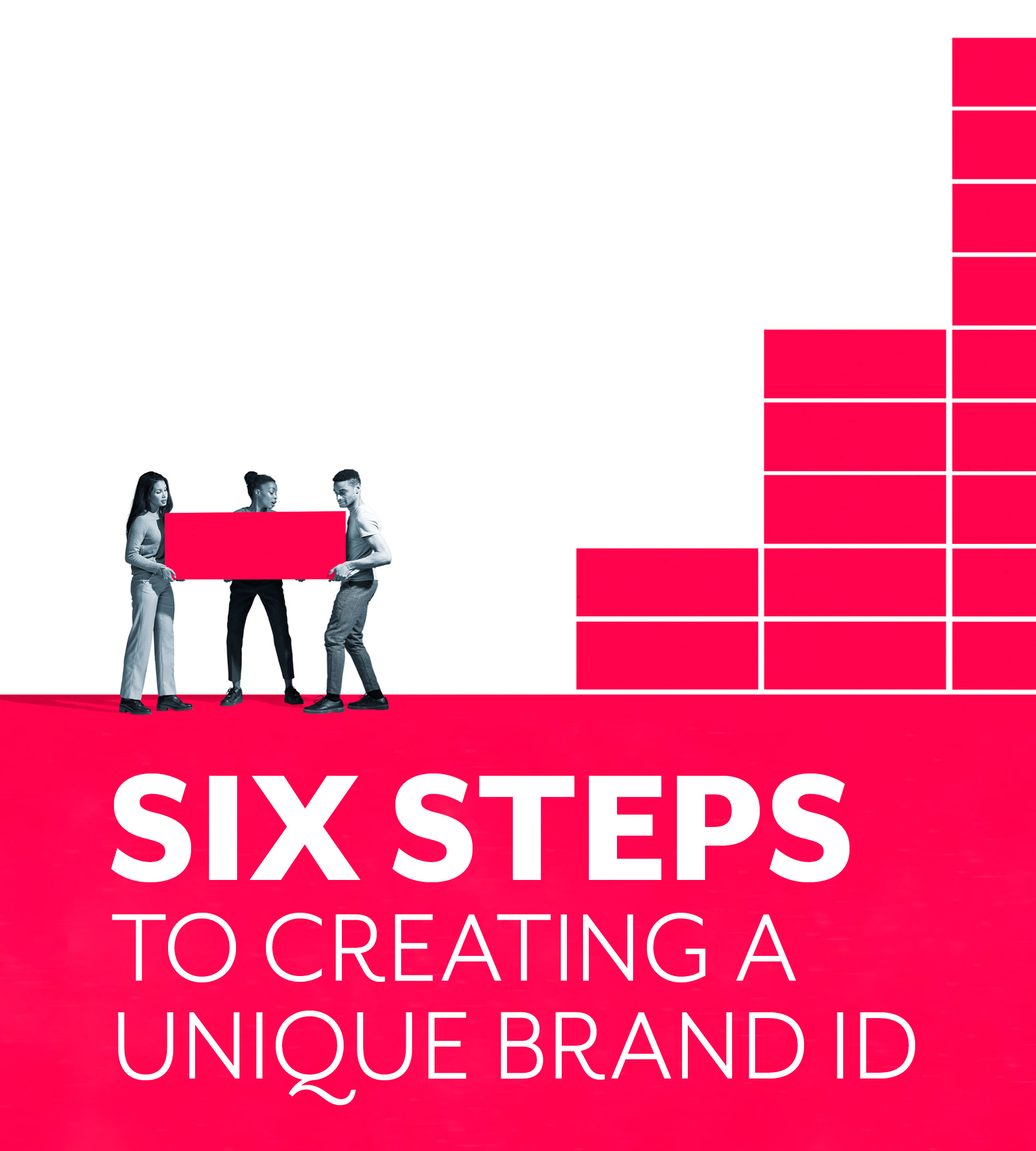Language
You can read the magazine in one of the following languages
Geolocation
You can read the global content or the content from your region

As Owner and CEO of brand consultancy the projects* and with many years of experience in brand marketing, I know that brand identity is much more than just developing the right logo for your product or creating a cool new ad campaign.
It’s about crafting a complete personality that amplifies the core elements of your brand’s DNA. It’s made up of what your brand says, how it acts, how you communicate your product and values, and what you want people to feel when they interact with your company. Essentially, it’s how your brand will be viewed by customers, your team, partners and the outside world. It’s the personality of your business and a promise to your customers.
The projects* launched in Sydney in 2008 and since then, we’ve worked across Asia–Pacific, the US and Europe supporting a wide range of global companies such as Qantium, Westfield, Pernod Ricard and Suntory with their brand development in addition to helping startups and launches develop their brand identity. This is what experience has taught me.

There is always much excitement when the prospect of a new visual identity is being discussed, but to achieve a seamless result the creatives need a clear brief giving their work context and removing subjectivity. What is essential is to define a clear strategic brand position. Start by immersing yourself in the brand, involving people at all levels within the organization, asking them to identify opportunities for growth and improvement.
Time spent discussing the vision for the business across the next 5–10 years is time well spent. Agree on your brand’s purpose and values and how they can come to life. Review who your current and future customers are, how they behave and what motivates them. What’s your ‘secret sauce’ and how can this be conveyed? Run a competitive audit both locally and globally – even if you’re currently operating locally, that may change so think big.
This information combined with a brand map will reveal future opportunities and be the foundation of the strategic brand positioning. To give you an example, the projects* are currently working with a major retail business in developing a new brand identity and half of the budgeted time has been allocated to strategic development – the right balance, in my opinion.

A strong brand identity should be unique and clearly tell the brand’s story. Storytelling personalizes your brand and connects with customers on an emotional level building loyalty and achieving preference. At the projects*, we take clients through a process around the ‘tenants of culture’ – dissecting what makes the business unique and what aspects of the brand to showcase.
Often this comes down to the core of why the business was set up and its purpose. We look at various factors, for example, the creation story (think Tesla), the personalities involved (Mark Zuckerberg, anyone?), the rituals (washing hands upon entering an Aesop store), your followers/communities and how they engage (the love of Ferrari).
The key elements of the story backed up with a strong strategic position will give you an even stronger base on which to develop a creative brief.

A brand identity encompasses a range of touchpoints that should be recognizable, distinct and timelessly aligned with the brand story, seeping through every aspect of the brand and customer experience. Visually creating and agreeing on the imagery and icons, the digital interface, colors, fonts, typography and, of course, the logo are all essential.
However, an area that is often overlooked is tone of voice, language used and communication style. It is important to agree and document what your brand says and how it acts – essentially how to speak to customers, and what their customer experience and user experience should be. These elements are all complementary and ladder up to the overall brand identity – the promise to customers focusing on emotion and how they feel.
When the projects* developed the new brand identity for Qantium, it was centered on how data powers human possibilities, highlighting the impact on individuals. This was a massive shift from a previously tech-centered organization, but putting humans at the center of the brand changed the whole look and feel, resonating throughout all touchpoints, including the brand language, making it more relatable and friendly.

The first question to ask when your new CMO suggests that it’s time for a brand refresh is ‘why?’. Changing the brand identity is far more fun than preparing board reports, but it’s important to resist the temptation to tweak the brand identity every time there is a personnel change.
The identity should be timeless and futureproofed, allowing the company to evolve and grow. Think beyond your current product range, geography or customer and sense check the name, words and symbols globally. When we launched our business 14 years ago, we hadn’t thought of launching in the US where the name means something totally different, but in this global world everything is shared across borders. My advice is to ask the team to imagine the future and ask a series of ‘what if?’ questions. If the brand identity still holds after this, then you are onto a winner.
My favorite example is from one of the most successful businesses in the world Heinz, which has only had three logos since its launch in 1869, with the second logo developed in 1957 and still in use.

The core definition of a brand is the promise of consistency, meaning that every brand touchpoint should have a consistent look, feel, tone and promise. Define the role and identity of each of the channels in the brand’s ecosystem (for example, product, retail, customer communications, advertising and digital channels) ensuring that they ladder up to the main brand.
Colour, typography, font, tone and photography are ways of ensuring consistency across multiple channels. Strong brand guidelines are essential.
A great example of this is Virgin Atlantic which, despite launching 38 years ago, has retained its fun and adventurous celebration of all things travel and flying. It has a clearly distinguishable font and color palette centered around ‘Virgin Red and Purple’ resonating through all aspects of the brand including the planes, uniforms, check-in counters, digital channels, frequent flyer packs, advertising and customer communications. But for me, it’s the consistent tone and language that really differentiate it – quirky, fun, personal but still professional. It’s this consistent point of difference in the more formal world of aviation that Virgin has credited for part of its success.

This is a big one for me and where so many brands get it wrong. To ensure brand consistency through every touchpoint of the organization, it’s essential that all members of the team understand the brand guidelines and follow the rules set out in the brand bible. Make it part of the induction process.
The best companies that we work with in this respect are the global luxury brands. When producing events for Chanel or Coach, every detail has to be approved by Global. Audi has a brand book on flowers. While this can be frustrating for regional teams, it protects the brand from local interpretations.
Conversely, I’ve seen many companies fall down on this crucial aspect as the complexities of multi-tiered teams get in the way. It’s really all about great communication and making people feel proud of the brand rather than restricted by it. Remember that the members of your team are your brand’s greatest ambassadors.